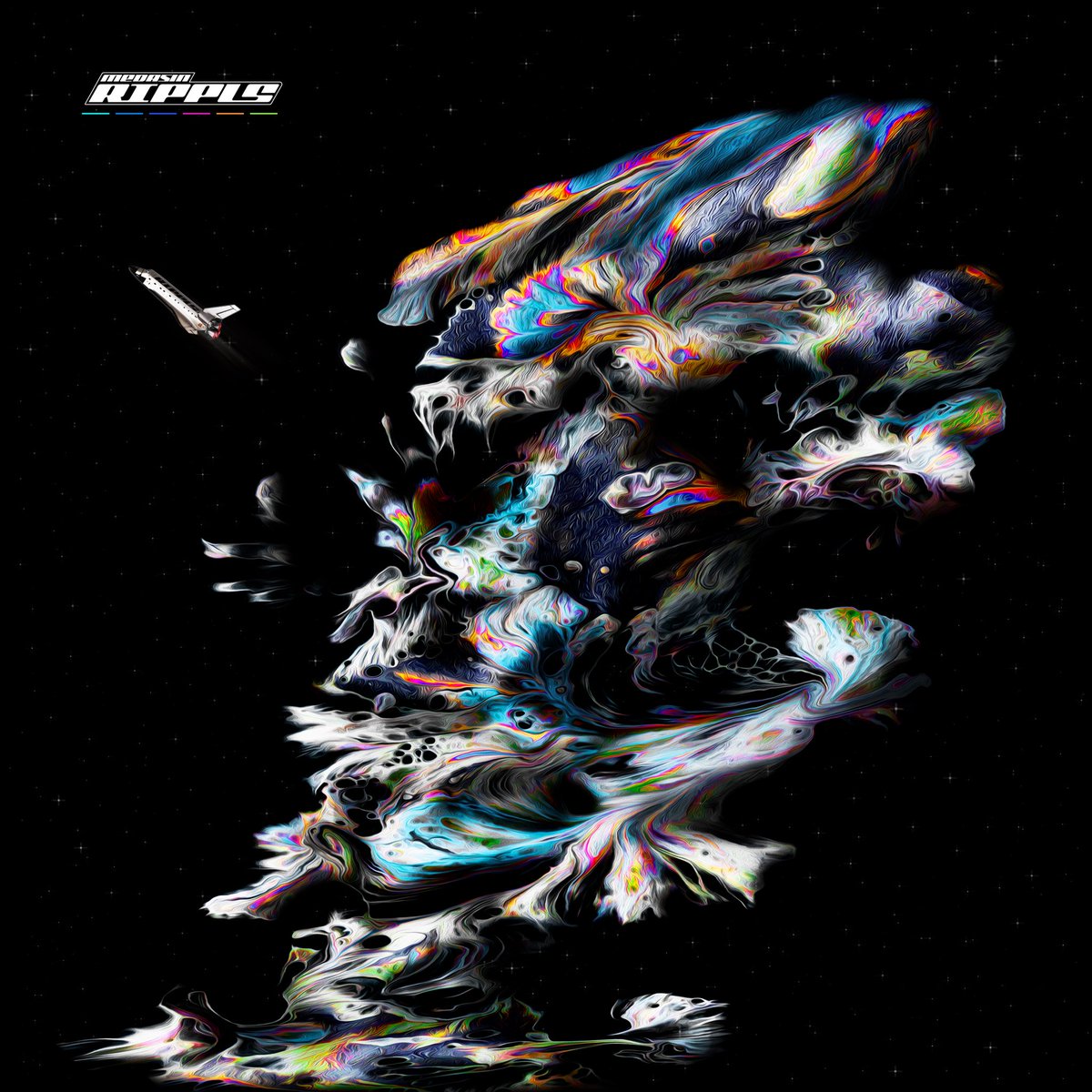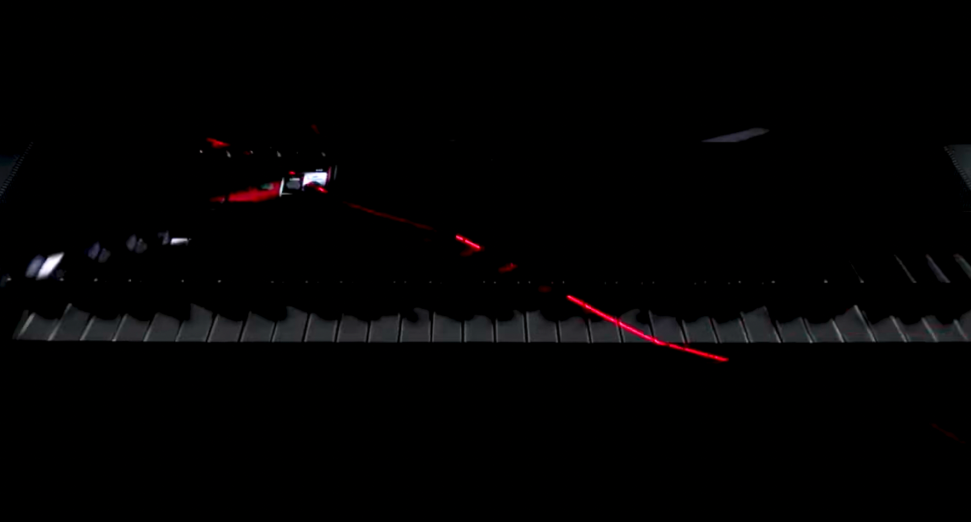
Medasin continues to differentiate himself with 'RIPPLS' [Review]
>![Medasin continues to differentiate himself with ‘RIPPLS’ [Review]Rippls](https://dancingastro-wpengine.netdna-ssl.com/wp-content/uploads/2020/03/rippls.jpg)
For fans of Medasin, the wait for his sophomore solo LP has been excruciating. The Texas-native producer began garnering significant attention in 2016 after his collaborative EP with Masego, but it wasn’t until his 2018 solo debut Irene when Medasin received his well-deserved critical praise en masse, and subsequently, Dancing Astronaut‘s Breakout Artist of the Year tag that same year.
One of the biggest reasons for Irene‘s success was how distinctive the album’s sound was against the musical landscape surrounding it. More reliant on a steadily calming energy than the peaks and valleys often associated with electronic music, Medasin’s lush and detail-attentive production style on the record deeply resonated with many listeners.
Releasing a sophomore album after such an impressive debut can be a tricky space to operate within. Does the artist stick to what made their debut so popular at the risk sounding hackneyed and repetitive? Do they explore new sounds and tempt losing the magic that brought them their breakout success? Meticulously enough, on RIPPLS, Medasin manages to keep his core sonic identity alive and well without sounding stale or overdone.
When Medasin, lesser known as Grant Nelson, is at his best, no one can make music with quite the same qualities as him. Irene was brimming with his signature paradisiacal sound, and many tracks on RIPPLS carry the same tones. Consequently, this can make songs like “Friends” and “At Times” sound like possible extensions of Irene rather than cuts from a new album. However, while some of the ideas behind the music sound familiar the execution certainly does not. It’s clear that Nelson’s skillset has been steadily improving since his last full-length release; each track holds a higher production value or an extra element of evident maturity that sets RIPPLS apart from Nelson’s previous body of work.
RIPPLS does make some concerted efforts to ideologically break away from it’s predecessor, most apparently in the featured tracks scattered throughout. Previous collaborators Duckwrth and Cautious Clay assist on “Go Crazy” and “Get By” respectively, the two strongest grooves on the album. Duckwrth’s staccato vocal delivery particularly stands out, especially after “Endless Endeavor’s” comparatively atmospheric production. Additionally, Jean Carter brings some welcomed funk to “Retrospect”—a track that could just as easily fit in on 2016’s The Pink Polo EP as it does RIPPLS.
The clear standout track—both in energy and prominence—comes just before the “Intermish” in the form of the Naomi Wild-assisted “Everytime.” On “Everytime,” Medasin blends a main stage-esque build-and-break formula with an immaculate assortment of airy instrumentation. Expect to hear this one at backyard barbecues and poolside parties well beyond the summer of 2020.
Overall, RIPPLS can feel a bit too similar to Irene at times. While production quality has noticeably improved, many of the warm overtones and padded, lush instrumentation feel transferable from record to record. It’s plainly obvious that Nelson’s musical skill set is one of a kind, and he is reaching his full potential—he’s primed to release something truly special one day, and this is another progressive step in that direction. While Irene and RIPPLS may have some issues differentiating from one another, they both manage to hold their own in the field of modern electronic albums.
RIPPLS shows that Medasin has the capabilities to maintain his musical ethos while slowly venturing into new waters. In the context of his still burgeoning career, Nelson’s commitment to instilling peaceful atmospheres for his listeners makes RIPPLS a high quality record with lasting re-listen value. The sophomore slump isn’t a myth, and while Medasin does a commendable job of managing the tightrope walk before him, perception of the record in the long run will come down one key, highly subjective preference: does an artist develop one’s signature sound across multiple albums, or strive to explore new sounds from record to record? Listen below and decide for yourself.



